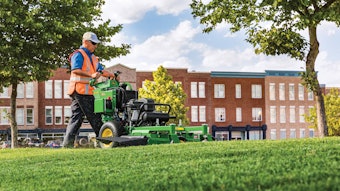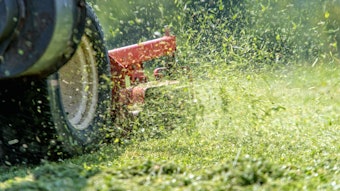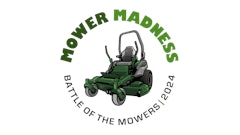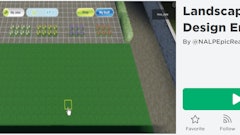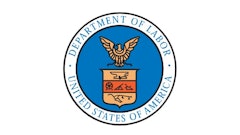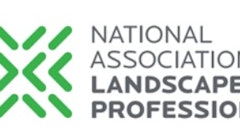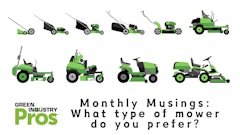DISEASE WATCH. Each year, new threats to landscaping are born and old threats get beaten down or dwindle off. Be sure to check with local experts, such as a local extension agent at an agricultural college or university or an International Society of Arboriculture (ISA) Certified Arborist, an ISA Board Certified Master Arborist, or a Tree Care Industry Association (TCIA) certified tree care company to see what threats are looming in your geographical region. For example, the Asian Long-horned Beetle (ALB) or Emerald Ash Borer (EAB) have already killed millions of trees in the U.S. since they were discovered. Learning what to look for may not only save your local trees, but may positively impact your neighborhood, state and beyond.
MIND YOUR MULCH. Trees and landscape beds respond well to being mulched. Remove competing grass away from the trunks of trees and plants to help them flourish. Just remember that more mulch is not better. Keep mulch thickness down to just a few inches and pull it back near the trunk to avoid contact, because if mulch is piled around the trunk, it holds moisture and heat. This can cause developments of cankers and other ailments. It also encourages a secondary roots system to develop above the primary one, which could include girdling roots. If the trees in your landscape are susceptible to certain fungal problems (such as dogwood or sycamore anthracnose and pines affected by diplodia tip blight), removing leaf and needle debris will help reduce this effect.
PROPER PRUNING. The best time to prune trees and shrubs varies depending upon species and desired results. Pruning during the “dormant season,” or when the trees have no leaves, is usually best. This is the time to prune young trees for future structure, remove live limbs that are too low or close to the house, and remove limbs that might have been damaged in winter storms. Keep in mind, though, that dead and damaged limbs can be pruned any time throughout the year.
ADJUST IRRIGATION. Now is the time to make any necessary changes to your sprinkler system. Watch to see if there is any water pooling around trees and provide a remedy if there is. Ensure that plants prone to fungal problems are not sprayed directly with sprinklers, which could result in a severe issue if left as is. For example, if your sprinklers are spraying the foliage of a dogwood tree, it may be more likely to host powdery mildew and anthracnose. A mugo pine battling with diplodia tip blight will have more trouble defending itself with the extra watering. Be sure to look into the needs of each species within the sprinkler’s reach.
SAMPLE THE SOIL. A soil sample can alert you to any nutrient deficiencies in your trees. Have a specialist come out and take a sample before you start a fertilization program of any kind. Prescription programs are much more precise than blanket programs, and they can help you to save money if fertilizer and additives are not needed.



